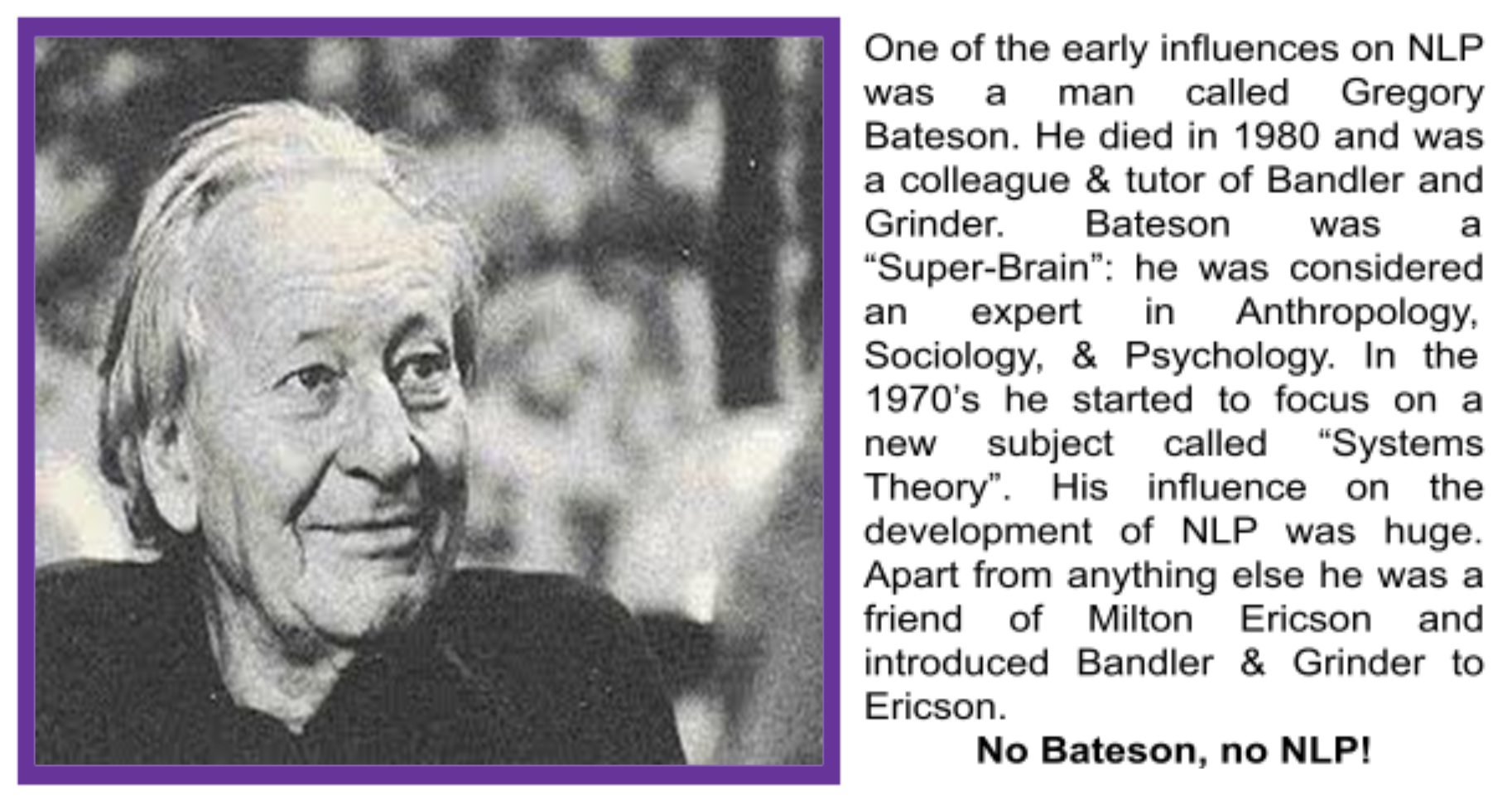18
MENTAL HEALTH PROMOTION
MENTAL HEALTH PROMOTION
Content
This Learning Playlist is part of the international training course Mental Health Promotion in the Youth Field. There are 3 parts to this training.
Before the Mobility
Participants of this international training course are requested to prepare by doing some research into the NLP that we will use as a model for our learning about Mental Health Promotion. They do this through the Learning Activities:
- What is NLP
- History of NLP
- NLP and System Theory
The First Part of the Mobility
For the first 6 days of the Mobility, participants will experience youth work activities and reflect on their learning from that day using the following Learning Activities:
- Change the world, Change your mind
- Step by Step to great Rapport
- Sensory Acquity, Mind-reading for beginners
- Building the Picture, Setting the Outcomes
- Tools and techniques - 1
- Tools and techniques - 2
The Second Part of the Mobility
Participants will transfer their learning into (digital) learning activities for the people they work with and participate in a youth work market with local youth work organisations.
LifeComp competence framework
To support recognition of non-formal learning and to support the development of the “Personal, Social and Learning to Learn” skills within youth work we make in this training an connection between the learning happening during the training and the LifeComp Competence Framework.
Spcifically will be worked on the following skill zones: flexibility, growth mindset, critical thinking, collaboration, self-regulation, communication, empathy, well-being and managing learning.
Open Badges
In each Learning Activity and for the total Learning Playlist participants can earn Open Badges. Sometimes the badges will be issued via checking evidence by accredited NLP practisioners, other times via international trainers and also via self-assessment by the earners itself.
This project is co-funded by ErasmusPlus
Dejavnosti za dokončanje
Opravite naslednje aktivnosti, prislužite si značke in videli boste posodobitev napredka na seznamu predvajanja
Content

A “System” to Bateson and his friends is a group of things that when they are put together in a certain way become greater than the sum of their parts. What??? For example: a pile of bricks when put together in a certain way with some cement, wood, glass, pipes and wire becomes a system called a “House”. The house is “more than” just bricks + cement + wood + glass + pipes + wires. People come and live in it and it becomes a home. People buy and sell houses, so they have a money value that has nothing to do with the cost of the “ingredients” of the house.When a system is working well we get what is called “Synergy”.
Pridobite značko aktivnosti
NLP and Systems Theory Pridobi to značko
NLP treats people as very complex, unique, highly organised and (usually) effective systems. These systems then interact with other systems. To understand NLP, participants have to show that they understand this idea and that by changing one part of a personal system there will often be other consequences. It’s like when someone stops smoking, it’s not unusual that they might put-on some weight.
This badge shows that the participant of the international training, “Mental Health Promotion in the Youth Field”, has a grasp of the very basic ideas behind Systems Theory.
Naloge
Naloga št.1
Dokaze preveril: En organizator dejavnosti
- In just one or two sentences can you give a definition of what you think a system is?
- In Systems Theory, tell us what “Feedback” is.
- In Systems Theory, what is meant by “Ecology”?
Veščine
#Mental Health Promotion
ESCO
#campaign for youth work in the local community
LIFECOMP
#Flexibility
LIFECOMP
#Growth mindset
LIFECOMP
#Critical thinking
ESCO
#razvijati strategije mednarodnega sodelovanja
ESCO
#masirati
LIFECOMP
#Collaboration
LIFECOMP
#Self-regulation
ESCO
#komunicirati o dobrobiti mladih
ESCO
#talk with the selected community
ESCO
#sodelovati v partnerstvu z uporabniki socialnovarstvenih storitev
ESCO
#relaxation methods
ESCO
#iskati inovacije za tekoče prakse
ESCO
#check story
LIFECOMP
#Communication
LIFECOMP
#Empathy
LIFECOMP
#Wellbeing
ESCO
#spodbujati duševno zdravje
LIFECOMP
#Managing learning
Aktivnosti: 17
Začeto: 56
Dokončan seznam predvajanja: 12
Potreben čas za dokončanje: 16 dan 9 ura 15 minuta
Deli:
Organizatorji
Cities of Learning Network
Badge issuer recognized with
Preklopite na drug jezik:

